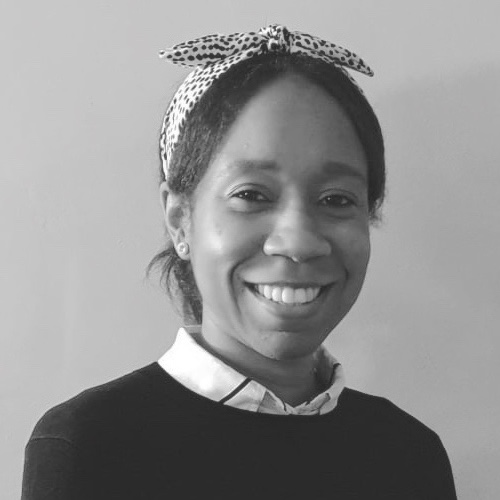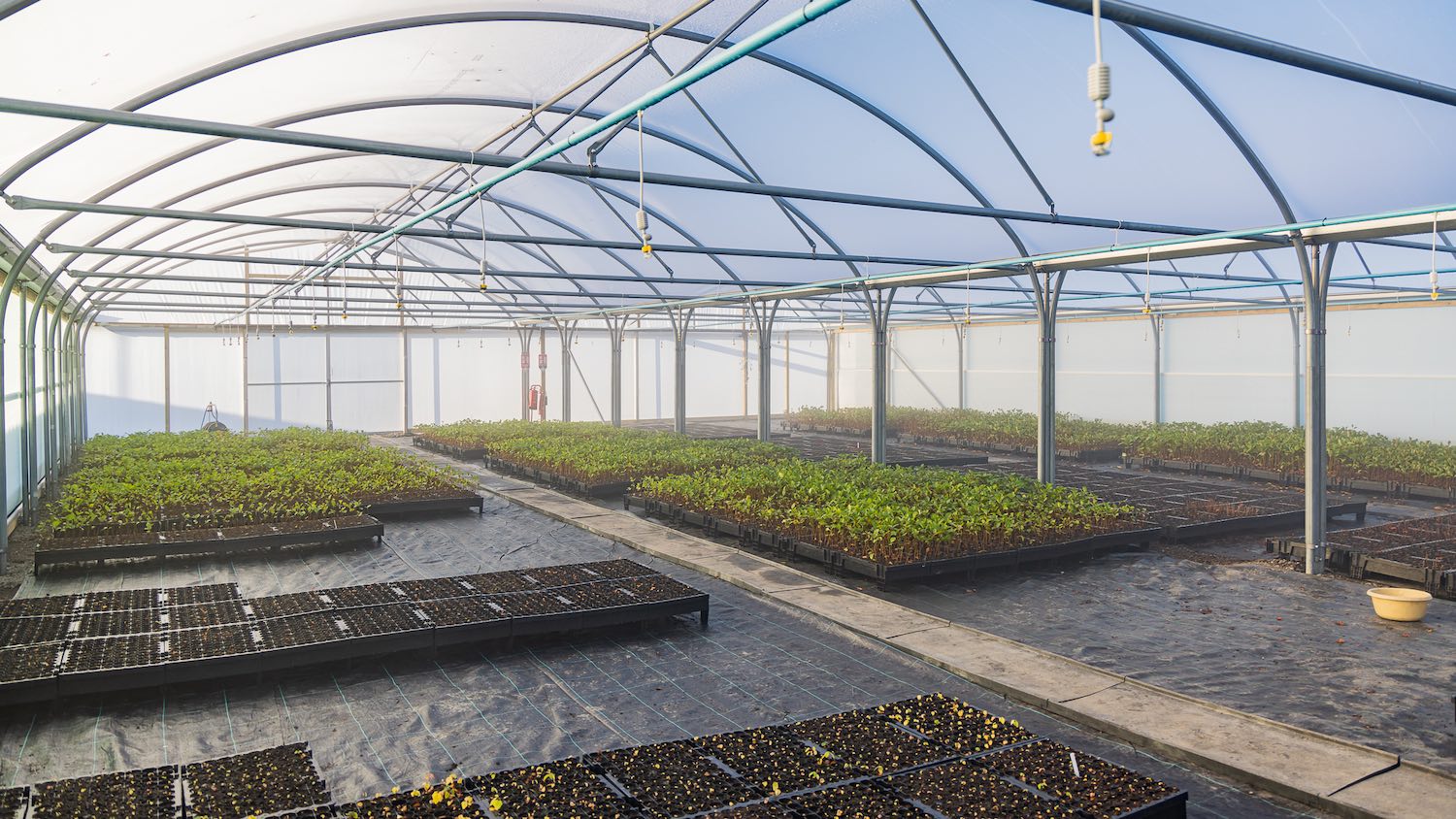
The greatest women builders of all time
Help us celebrate the most inspirational women throughout the history of building
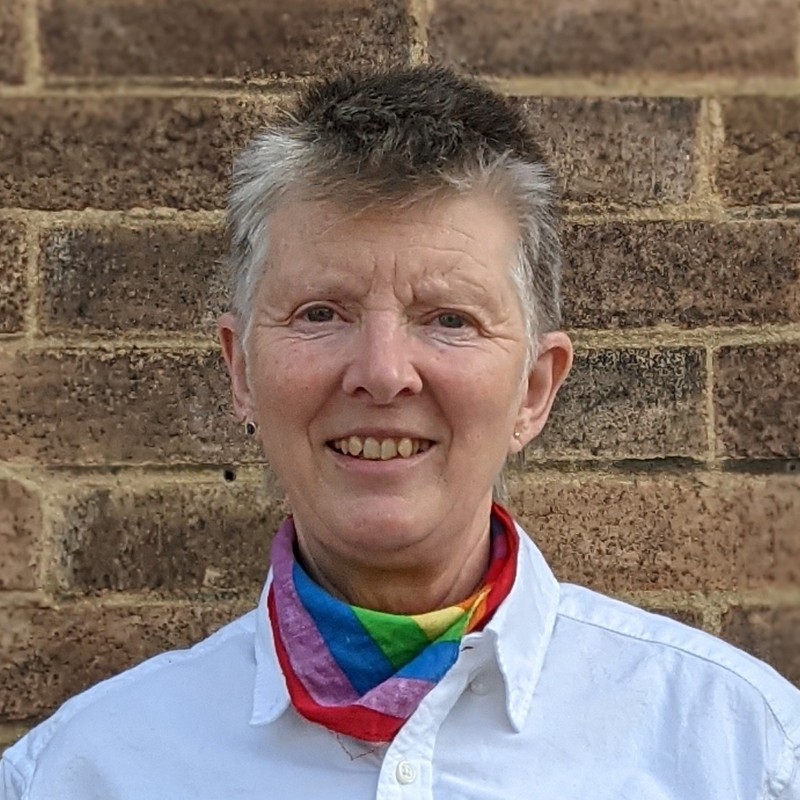
Barbara Jones
Discipline: Building construction
Beginning her career as a carpenter, joiner and roofer, Jones launched her own women’s roofing company – Amazon Nails – in 1989. She has since gained prominence as a strawbale building pioneer. Over the course of her career, it is estimated that Jones has delivered some 300 straw buildings.
Jones founded Straw Works, since renamed as Wellspring Architecture, which offers design and architectural services. She also formed the School of Natural Building which offers training and courses.
She was awarded a Lifetime Achievement Award from Women in Construction in 2011 and received a Woman of Outstanding Achievement Award from UKRC in 2009.
Having stepped down from her role as director at Straw Works in 2021, Jones now advises on innovative and traditional methods, none of which use cement.

Barbara Wells
Wells became the first female member of the CIOB in 1968. Decades before the Equality Act was established to help address inequalities experienced by people with protected characteristics, Wells was a trailblazer who helped open the door for future female members, including CIOB’s current president Sandi Rhys Jones and chief executive Caroline Gumble.
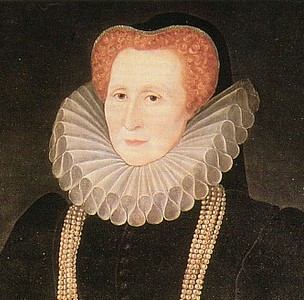
Bess of Hardwick
Dates: Born in 1527 and died in 1608
Born into a modest household, Bess of Hardwick became the second most influential woman in England during the 1500s after Queen Elizabeth I.
She amassed significant wealth not only because of four marriages, but also as an astute builder and businesswoman. She oversaw the building of Chatsworth House and Hardwick Hall, for which she set up a glassworks to supply the large number of windows. Hardwick Hall is considered to be one of the greatest houses of the Elizabethan age.

Carol Bell
Discipline: Project management
Bell’s notable role as deputy project manager for the Eden Project in Cornwall involved the transformation of a redundant clay pit into one of the world’s largest indoor rainforests.
As well as the Eden Project, Bell has worked on other major schemes including Guernsey Airport, the Royal Academy and the British Library.
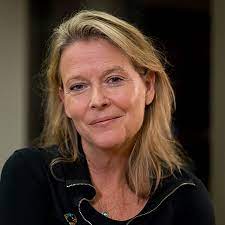
Dame Jo da Silva
Dates: Born in 1967
Discipline: Civil engineering
As global director of sustainable development at Arup, da Silva has led the planning, design and implementation of buildings, infrastructure, and urban regeneration projects globally.
In 2016, she co-founded Resilience Shift, with support from the Lloyds Register Foundation, to raise awareness and drive action to improve the resilience of critical infrastructure globally.
The structural engineer received an OBE in 2011 in recognition of her contribution to her services to engineering and humanitarian relief. This was followed by a Damehood in 2021 as part of the Queen’s New Year Honours list.
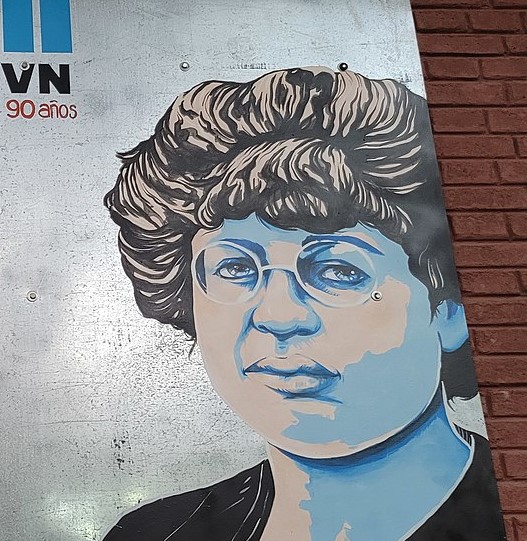
Elisa Beatriz Bachofen
Dates: Born in 1891 and died in 1976
Discipline: Civil engineering
Bachofen is considered to be the first female civil engineer in Argentina and Latin America.
She chaired the Technical Commission of the Circle of Inventors and the Argentine Association of Scientific and Technical Libraries. She was also a member of the Board of Directors of the Association of Business and Professional Women.

Elisa Bonaparte
Dates: Born in 1777 and died in 1820
Responsible for the building of hospitals and dispensaries for the underprivileged, Bonaparte also established schools for boys and girls, commercialised the marble industry, and built roads and viaducts.
As well as being the sister of Napoleon Bonaparte, she was the Grand Duchess of Tuscany and Princess of Lucca and Piombino.

Elsie Eaves
Dates: Born in 1898 and died in 1983
Discipline: Civil engineering
Eaves was the first woman admitted to full membership in the American Society of Civil Engineers (ASCE).
She was also the first woman to earn a degree in civil engineering from the University of Colorado.
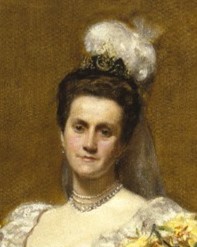
Emily Warren Roebling
Dates: Born in 1843 and died in 1903
Discipline: Engineering
The American socialite, builder and businesswoman is largely credited for guiding the construction of the Brooklyn Bridge.
The structure was the longest-span suspension bridge, at that time, and the first to be built with steel cables.
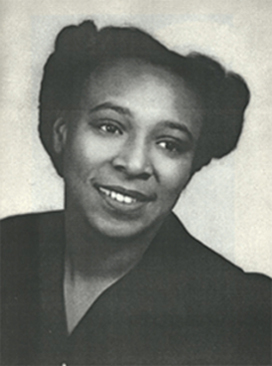
Hattie T. Scott Peterson
Dates: Born in 1913 and died in 1993
Discipline: Civil engineering
Regarded as the first black woman to serve as a civil engineer in the Sacramento District of the US Army Corps of Engineers, Scott Peterson is also believed to be the first black woman in the US to earn an engineering degree.
During her career, she worked in the Hydrology Section of the Sacramento Engineering Department, involved in forecasting floods, designing navigation projects and researching flood control issues.

Hürriyet Sırmaçek
Dates: Born in 1912 and died in 1983
Discipline: Civil engineering
Born in Damascus when it was part of the Ottoman Empire, Sırmaçek is believed to be Turkey’s first female bridge engineer.
After graduating from Istanbul’s Technical University, her career as a senior engineer at Turkish State Railways involved work on the "T" deck beam supporting the Haydarpaşa overpass on the Izmir-Manisa road.
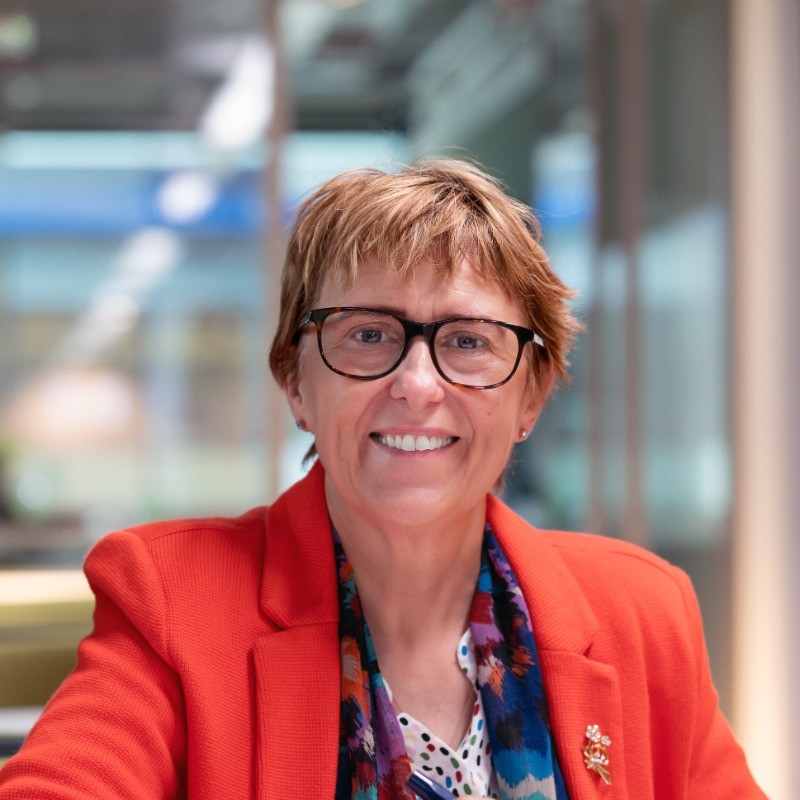
Julie Wood
Discipline: Civil engineering
Wood, a multi-disciplinary engineer and project manager, started her career as an apprentice. With more than two decades of experience in the construction industry, Wood has worked for several prominent companies including Arup and Mott Macdonald.
Over the course of her career Wood has been involved with the delivery of major complex projects including HS2’s Euston Station, the Transpennine Upgrade Project and the McLaren headquarters.
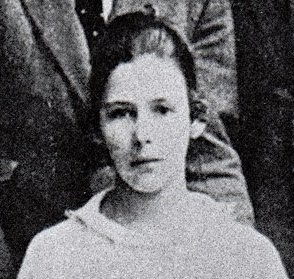
Justicia Acuña
Dates: Born in 1893 and died in 1980
Discipline: Civil engineering
Believed to be the first woman to become a civil engineer in Chile, Acuña worked as a calculator in the Department of Roads and Works of the Empresa de los Ferrocarriles del Estado.
To honor Acuña’s effort for the advancement of women, the Chilean College of Engineers established the Gallery of Illustrious Engineers, where she was included.
Katherine Briçonnet
Dates: Born in circa 1494 and died in circa 1526)
Discipline: Project management
Briçonnet was a French noblewoman who oversaw the design and construction of the Château de Chenonceau.
The original part of the château, which was overseen by Briçonnet, is known as the Château des Dames as it was later extended by Diane de Poitiers and Catherine de Médicis.
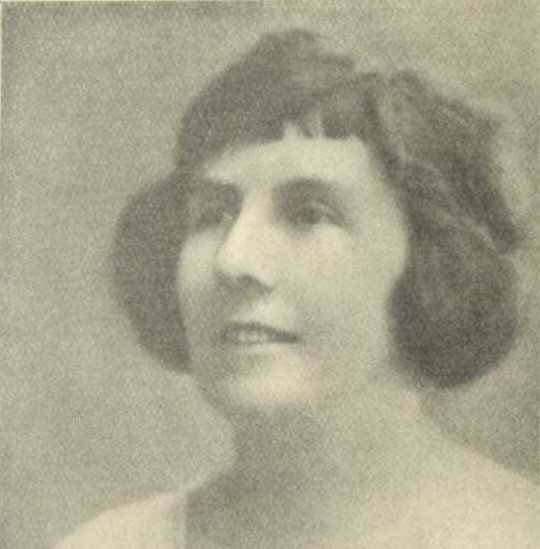
Kathleen Muriel Butler
Dates: Born in 1891 and died in 1972
Discipline: Project management
Known as the "Godmother of Sydney Harbour Bridge" and the "Bridge Girl", Butler was the first member of staff appointed to the Sydney Harbour Bridge team in 1922.
While she had no formal engineering training, she effectively became the project manager for the large international engineering project in Australia.
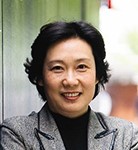
Li Shirong
Dates: Born in 1957 and died in 2017
Discipline: Construction management
A pioneer in construction management in her home country of China, Li’s work spanned academia, industry and government.
She was the first woman to become President of the CIOB and during her tenure urged female members to upgrade into Fellowship.

Rachel Mary Parsons
Dates: Born in 1885 and died in 1956
Discipline: Engineering
Parsons was an engineer and advocate for women’s employment rights, and was the founding President of the Women’s Engineering Society in Britain.
She became a leading member of the National Council of Women and campaigned for equal access for all to technical schools and colleges, regardless of gender.
In April 1919, she was one of the first women admitted to the Royal Institution of Naval Architects.
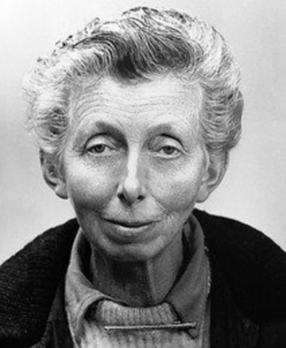
Rowena Cade
Key dates: Born in 1893 and died in 1983
Discipline: Architecture, project management
Cade was the creator of the Minack Theatre in Cornwall. Carved into the granite cliffs at Porthcurno, the theatre was built by Cade largely using hand tools, instead of diggers and heavy machinery.

Thandeka Nombanjinji-Nzama
Key date: Born in 1982
Nombanjinji-Nzama is managing director of South African construction company Mbokodo Building.
The firm is 100% female owned and led, and aims to empower women specialising in general building and civil engineering.

Virginia Borkowski
Discipline: Architecture
The chartered architect, construction and transportation manager delivered major infrastructure projects around the world.
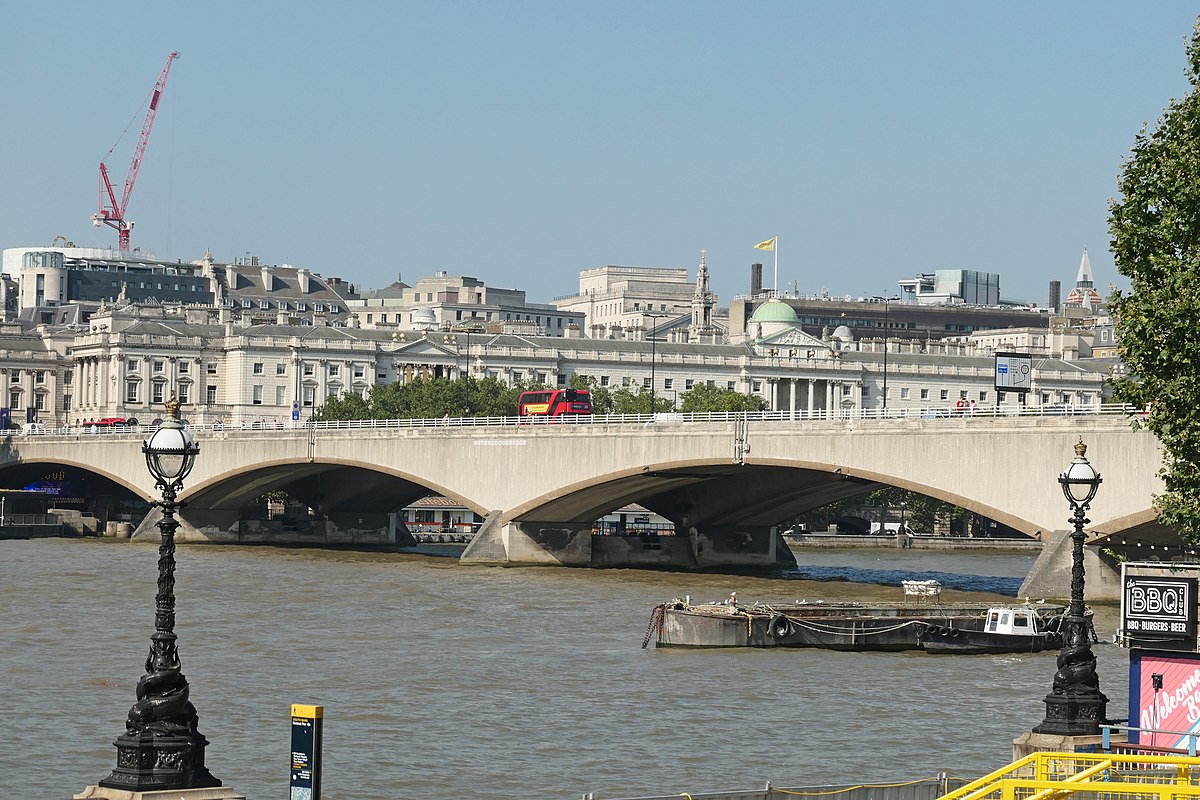
Waterloo Bridge team
Key dates: Construction started in 1937 and bridge opened in 1942
While details about the team behind Waterloo Bridge are scarce, it is understood that women builders were an integral part of the project.
The structure, which connects the South Bank to the Strand, is actually the second Waterloo Bridge as the first was demolished following significant deterioration. It was rebuilt during WWII, at a time when more women were working in the construction industry to help fill the labour gaps left by men who had been conscripted.
Decades later, it is still colloquially named “the ladies’ bridge” as it is believed that up to 65% of the construction workers on the project were women.

